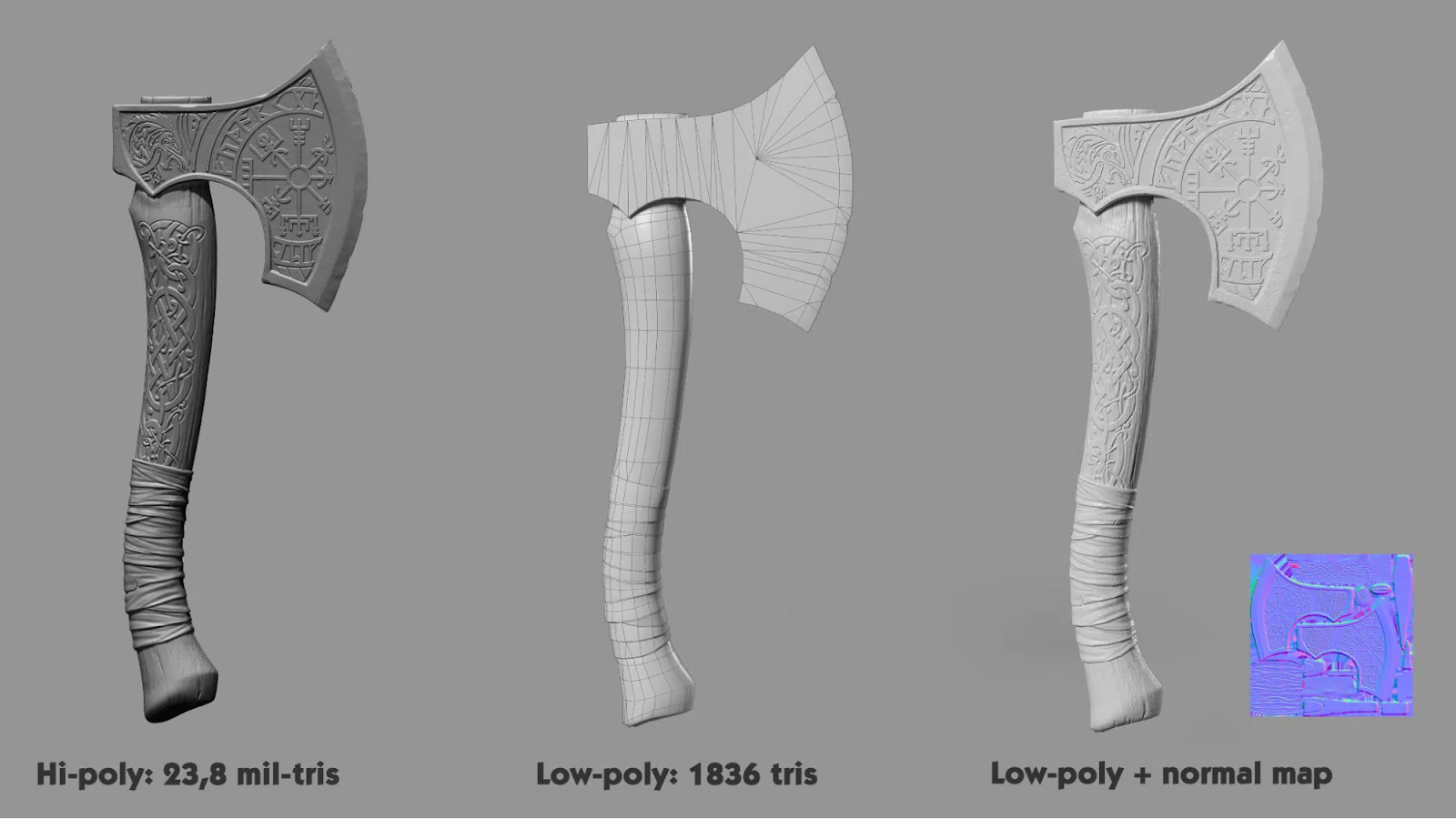Optimization process for digital objects.
Below is an example illustration, a quick and rough workshop on a scene prepared by the client.
Visible errors in reflections (black spots), missing geometry... lack of enabled hardware capabilities, etc... almost 2 hours per frame.
After optimization, on the left, the time is approximately 3 minutes.
Visible errors in reflections (black spots), missing geometry... lack of enabled hardware capabilities, etc... almost 2 hours per frame.
After optimization, on the left, the time is approximately 3 minutes.

While working with another team of architects, we have developed a pathway for preparing and optimizing the process of creating architectural visualizations, considering the expectations of current and potential clients as well as our own office (optimization -> cost savings -> reduction of waiting time for the final product).
After initial discussions and getting to know the designing party and its potential audience, as well as familiarizing ourselves with the currently implemented product, it became much easier to seek inspiration for creating an improved process of optimizing the creation of digital images, visualizing architectural concepts.
We have proven that it is not worth pursuing a goal using a single, well-trodden path and that the real problem does not lie where it initially appears. Rapid problem definition and following conventional approaches narrow down the complete picture.
After brainstorming sessions, we smoothly transitioned into creative workshops where the first ideas emerged. We visualized these ideas using the free software Blender 3D, thus creating prototypes.
By employing simplified 3D graphic elements and basic shapes, we were able to build, simulate, and practice potential issues that may arise in the daily work of an architect creating interior visualizations (perspective, optics, lighting, animation).
Visualizing the concept in the #blender3d program allowed us to conduct performance tests, develop and build a database of resources, and establish how to utilize this database in future projects using the #assetbrowser.
What did we achieve through these workshops? Time and equipment savings, improved quality, and new tools for work, including:
An easily accessible object, light, and digital material database for the entire team, which can be efficiently utilized in the construction of subsequent architectural visualizations.
Optimization process for digital objects.
Shot planning, project organization, and scene preparation to include elements that will actually appear in the final images.
Implementation of optimal rendering settings to significantly reduce the generation time of visualizations while maintaining quality standards. More samples do not always mean noticeably better results.
Much could be said about the optimization of model preparation, materials, and rendering engine settings, both for visualizations and for AR, VR, and video game presentations. However, it is best to familiarize oneself with methods tailored to a specific product and client by participating in workshops, courses, or consultations, to which I cordially invite you.


Komentarze
Prześlij komentarz